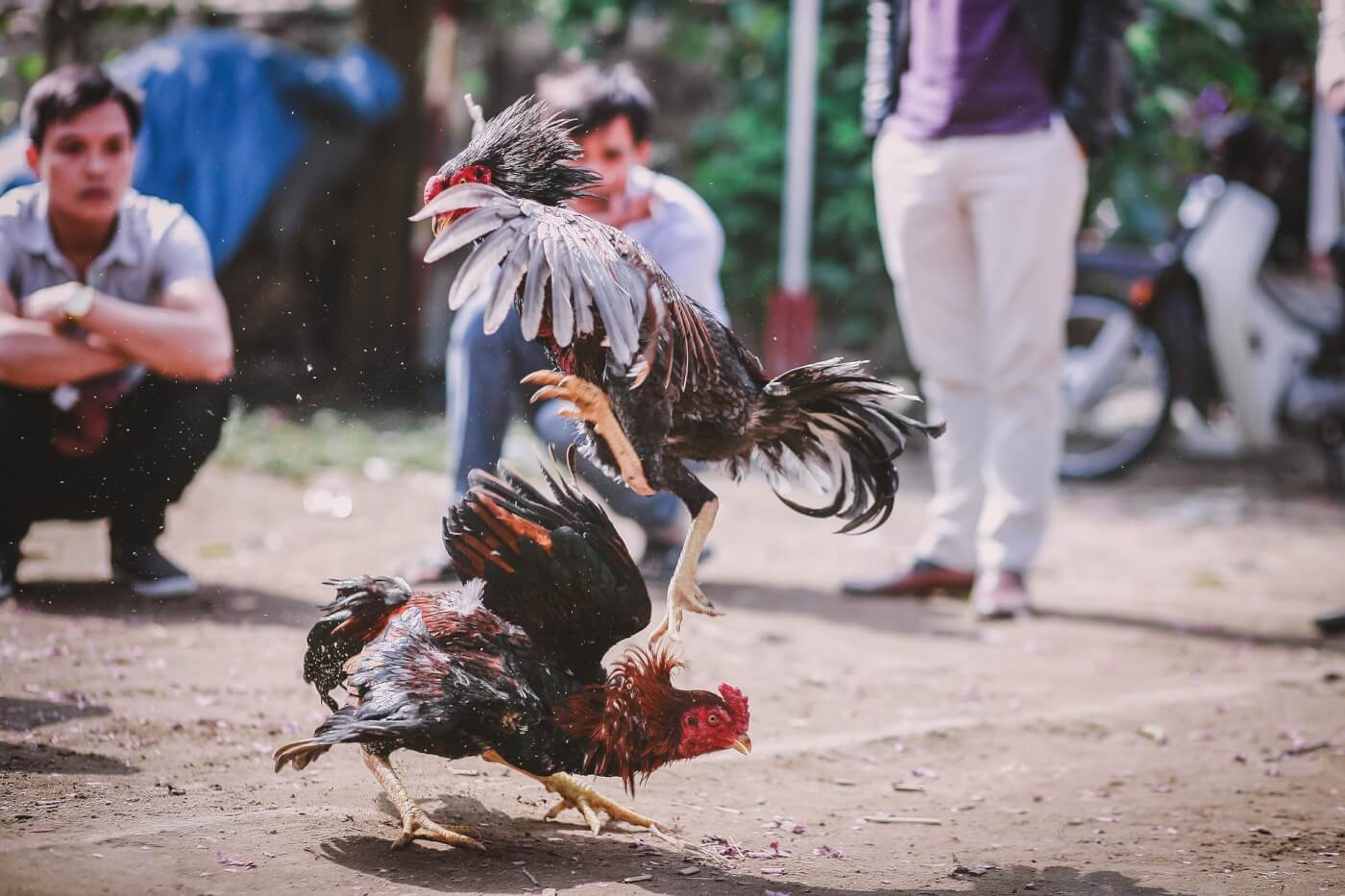
The practice of cockfighting is a tradition richly rooted in cultural significance, often viewed via the lens of culture and heritage. For certain individuals, it stands as a time-honored ritual that brings communities together, demonstrating the strength and prowess of select birds. However, as society evolves and our approach of animal welfare deepens, the moral considerations surrounding cockfighting have come under increased scrutiny. This tension of tradition and empathy raises crucial questions about our duties toward living beings that are frequently trapped in the crossfire of human entertainment.
The controversy surrounding cockfighting is not merely an topic of animal rights; it delves into the intricacies of cultural identity and the evolving values of today’s world. Advocates for cockfighting argue that it is an essential part of their community identity, steeped in long-standing traditions and communal pride. On the other hand, opponents emphasize the pain inflicted on the animals participating, advocating for a more empathetic approach to human-animal relationships. As we explore the morality of cockfighting, we find ourselves walking the fine balance between respecting tradition and fostering a spirit of compassion for all living creatures.
Background of Cockfighting
Cockfighting has a long and intricate history that dates back thousands of years. Its beginnings can be linked to ancient civilizations, with proof suggesting that the practice began in Asia. In places like the Indian subcontinent and China, cocks were bred for their combat skills, with the practice often intertwined with ritual and cultural significance. As the tradition expanded to the Mediterranean, it became an integral part of community activities and recreation in nations like the Hellenic Republic and the Roman Empire, where it was not only a source of leisure but also associated with gambling and social standing.
During the medieval period, cock fighting gained popularity in Europe, particularly in the United Kingdom. It was adopted by the nobility and became a popular activity among the aristocracy. The sport was often organized in purpose-built arenas and featured prominently in community events, highlighting the connection between status and athletic skill. As it evolved, various rules and norms were created to govern the fights, mirroring the growing intricacy of the activity and its social implications.
By the 1800s, cockfighting had developed into a key aspect of country lifestyle in many nations, with events often celebrated as local festivals. However, as attitudes towards the treatment of animals began to change in the final years of the 1800s and early 1900s, the practice faced growing criticism and legal challenges. This shift marked the beginning of a intricate discussion about the morality of cockfighting, as animal rights supporters argued against the cruelty involved while those who defended the practice emphasized its cultural importance.
Debates in favor of versus Cockfighting
Proponents of cockfighting often assert that it is a traditional practice with strong cultural roots in many communities. They believe that it fosters a feeling of community and provides opportunities for social interactions, as events regularly bring together participants and spectators. Supporters additionally assert that responsible breeders take great care in the health and training of their birds, which they view as a demonstration of skill and dedication rather than mere cruelty.
On the contrary, opponents of cockfighting contend that it is a type of animal cruelty, as it requires coercing animals to fight each other, commonly resulting in severe injury or death. They claim that regardless of tradition, society has a moral responsibility to protect animals from pain. Critics additionally point out the potential for gambling and illegal activities linked to cockfighting, which can additionally harm communities and put animals at risk.
Additionally, there is an ongoing debate about whether the practice should be regulated or prohibited altogether. Some supporters for animal rights argue that the inherent violence of cockfighting cannot be reconciled with ethical animal treatment, advocating for a complete prohibition. Meanwhile, others recommend implementing regulations that provide better animal welfare standards, considering this as a compromise between maintaining cultural traditions and addressing ethical concerns surrounding animal suffering.
Discovering a Ethical Compromise
To traverse the complex ethical considerations surrounding the sport of cockfighting, it is essential to consider both societal traditions and the welfare of the birds involved. nổ hũ rr88 Many communities view cockfighting as a historic practice that bears deep cultural significance. Recognizing this, advocates suggest that rather than outright prohibiting the practice, there could be efforts aimed at transforming how cockfighting is conducted. Implementing tougher guidelines, such as ensuring ethical treatment and animal care for the creatures, could assist harmonize tradition with a compassionate approach to the treatment of animals.
Furthermore, awareness programs can play a crucial role in transforming the viewpoint of cockfighting within societies. By promoting awareness of the likelihood of suffering inflicted on the birds and showing alternatives for cultural expression, these initiatives can promote a discussion around finding suitable substitutes that respect tradition while promoting humane values. This transition could gradually result in new ways that honor both societal identity and the rights of animals.
Ultimately, promoting a discussion among stakeholders is critical for achieving a principled compromise in the realm of cockfighting. By engaging lawmakers, cultural leaders, and animal welfare advocates, it is possible to create solutions that respect the value of the practice while implementing protections that emphasize the care of the birds. This joint approach can lead to a more principally just future that values cultural traditions without compromising compassion.



